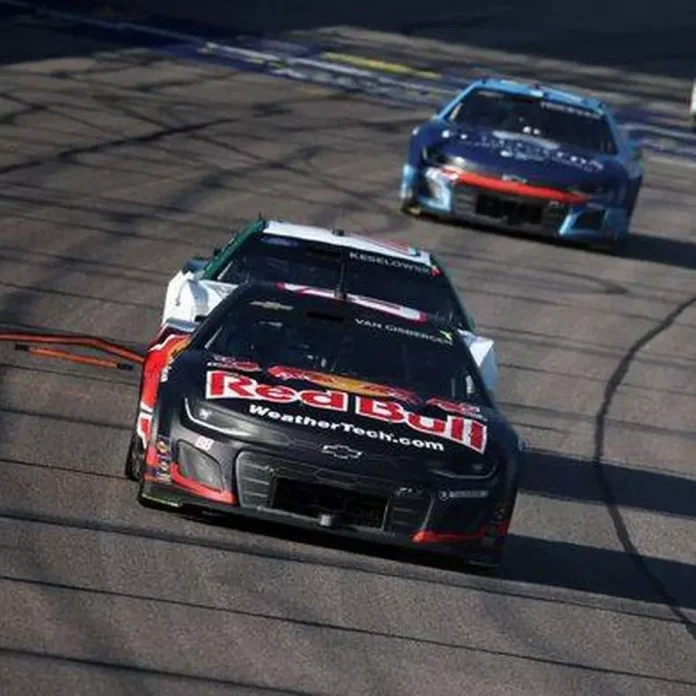NASCAR has confirmed a significant change for the 2026 season: the Next Gen car’s horsepower will rise to 750 for short tracks and road courses, aiming to bring more excitement to these events. This tweak, however, will not impact racing at larger tracks, which remain unchanged, but Joe Gibbs Racing driver Chase Briscoe believes the adjustment is the right move for the sport.
Briscoe Supports Increased Horsepower for Short Tracks
Chase Briscoe, known for his competitiveness and drive, expressed optimism abou the horsepower jump when speaking with SpeedFreaks. He described the move as a positive direction, emphasizing the impact more power could have on race dynamics and tire wear. Briscoe explained how these changes will shift the on-track experience, creating more of a challenge and placing greater demands on driver skill.
“I think it’s definitely a great decision. More power is just going to make the tires wear out quicker and all those things. So it’ll definitely put a little bit more back in the driver’s hands. It’ll be interesting to see what 750 feels like versus 670, 680, whatever we’re at now. I’m sure there’ll be a little bit of a difference, but I don’t know because I haven’t ran it yet.”
— Chase Briscoe, Driver
Briscoe also shared his anticipation of testing the enhanced cars at well-worn tracks like Iowa and Darlington, locations set to be part of the new horsepower rollout.
“So yeah, it’ll definitely be interesting. I’m definitely looking forward to doing it at some of these really wore out racetracks, like in Iowa. I saw Darlington was even on the list, which that’s exciting… It’ll be fun just to kind of get out there. It’ll really kind of reset the field, I think, a little bit… I think just having something new will certainly make it where it’s a little bit of a question mark for all the teams, and it’ll kind of re-flip the field, I think, for a little bit.”
— Chase Briscoe, Driver
Industry Impact and Reasons Behind the Decision
The adjustment, which amounts to a roughly 12% horsepower bump, is designed to give short-track racing—especially at classic venues like Iowa and Darlington—a fresh feel and potentially rekindle excitement in races that have grown less dramatic. While the jump is meaningful, it falls short of the much larger increases pushed for by some in the industry.
Steve O’Donnell explained that a jump all the way to 800 or 1000 horsepower would have come with a dramatic price tag, costing as much as $50 million across NASCAR teams and manufacturers. There was also widespread consensus among established brands and potential newcomers, including Dodge and Honda, that the sport needed a stable, sustainable technical platform for the foreseeable future. This agreement steered the final number to 750 horsepower, providing a compromise between performance and prudence.
What Changes Could Mean for the Future of NASCAR
For fans and drivers, the decision to increase horsepower on short tracks and road courses for 2026 signals an exciting shift in the NASCAR Cup Series. As Chase Briscoe and his fellow drivers prepare to tackle the updated cars, the 2026 season is set to become a new proving ground for talent and strategy. Key racetracks like Darlington and Iowa will serve as showcases for these changes, and industry observers will be watching closely to see how the tweak impacts the overall racing spectacle, the results, and OEM involvement for years to come.
A little @SpeedFreaks sneak peak … @ChaseBriscoe on MORE HORSEPOWER coming to the #NASCAR Cup Series in 2026 pic.twitter.com/MEJMkjzqZN
— Cole Cusumano (@Cole_Cusumano_) October 9, 2025


